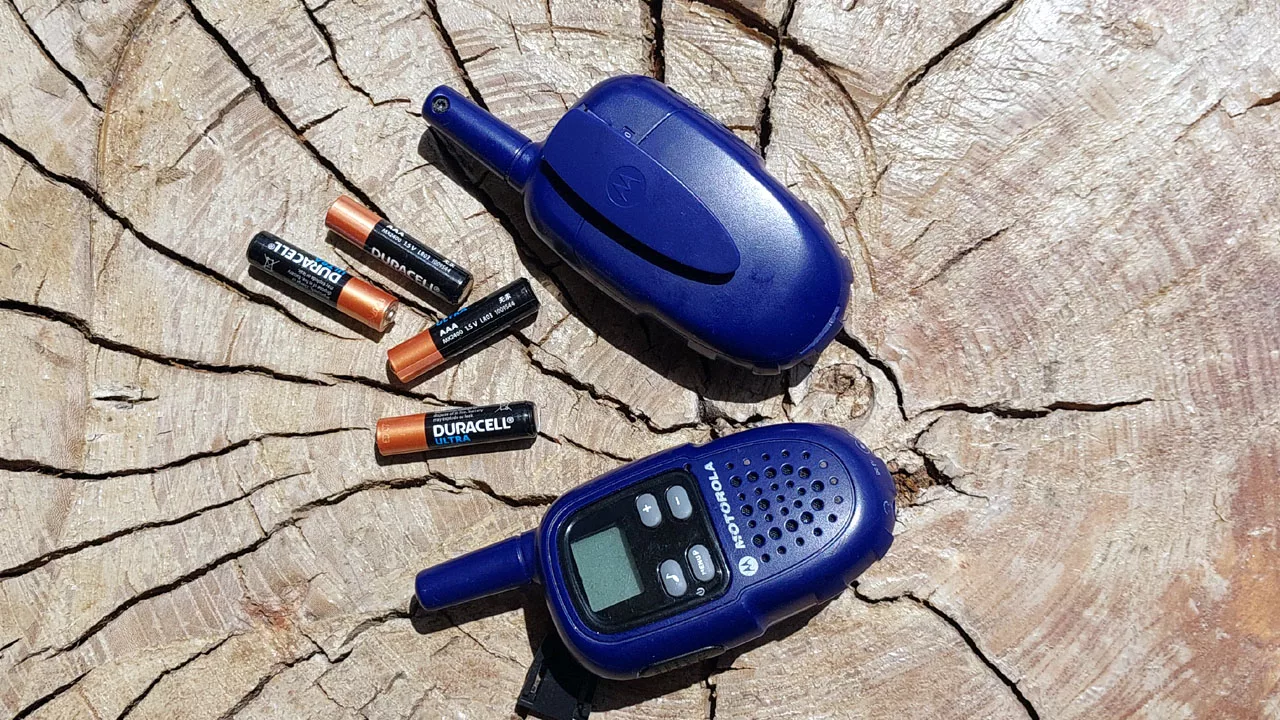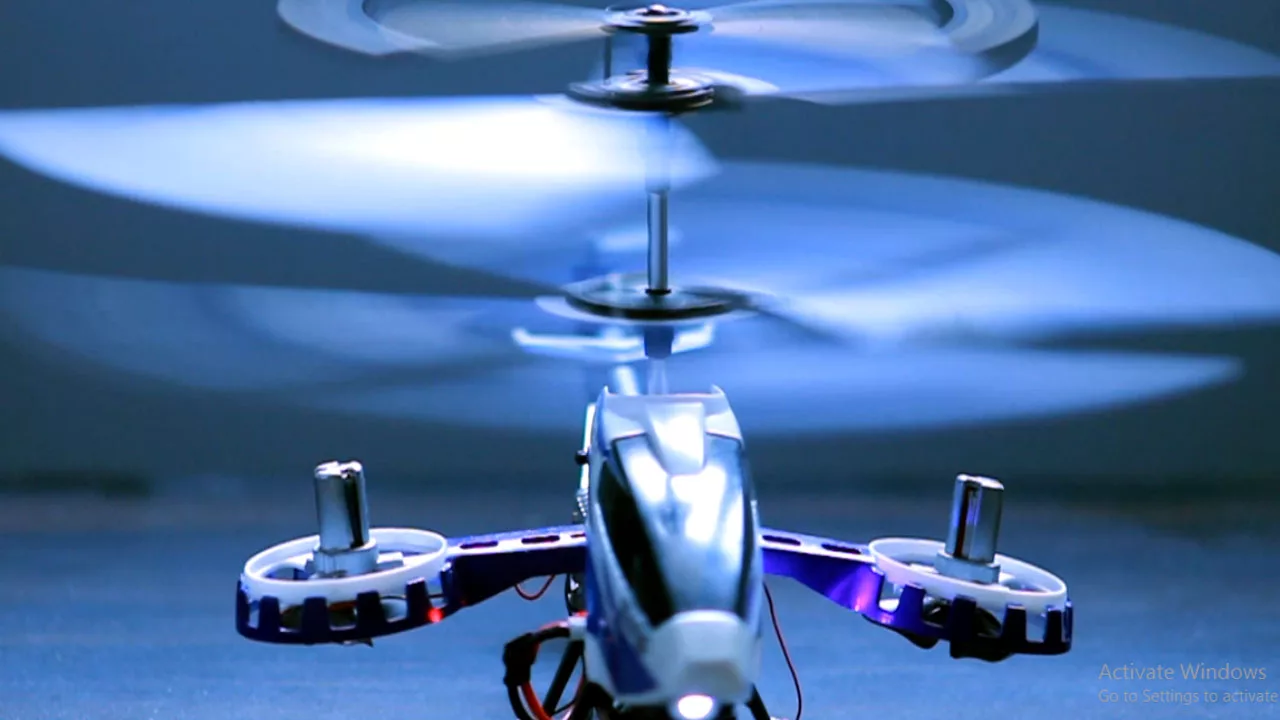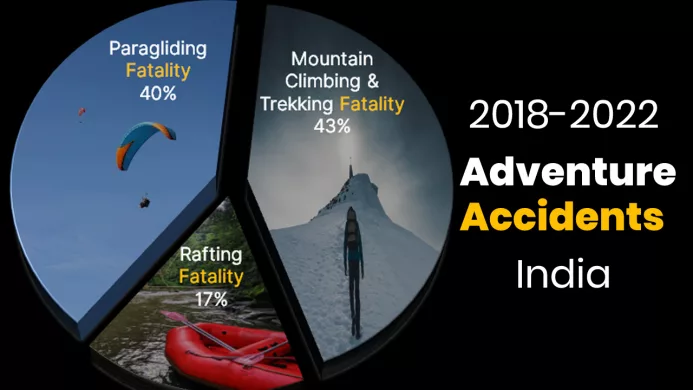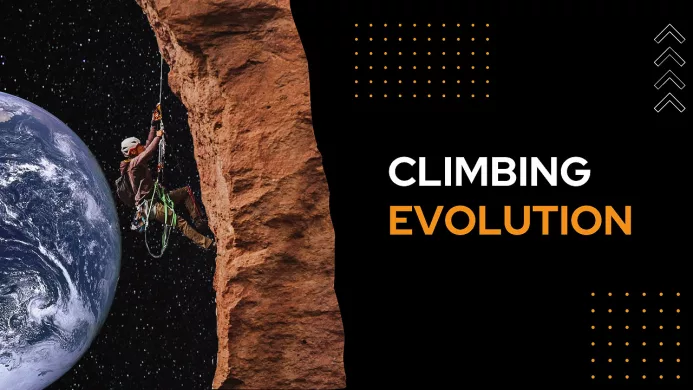Unleashing Technology’s Potential in Modern Mountaineering
Knowledge Base
Modern mountaineering has come a long way since its earliest days. Today, mountaineers have access to a wide range of technology that can help them reach the summit more efficiently and safely. From advanced climbing gear to weather monitoring tools, technology plays a significant role in modern mountaineering.
Climbing Gear for Modern Mountaineering:
Climbing gear has been one of the most significant technological developments in mountaineering. Modern climbing equipment is lighter, stronger, and more durable than ever before. This includes everything from ropes and harnesses to ice axes and crampons. These innovations have made climbing safer and more efficient by allowing climbers to move more rapidly and easily on the mountain.
Technological developments in climbing gear and equipment have revolutionized the sport of mountaineering, making it safer and more accessible to climbers of all levels. Climbing equipment nowadays is lightweight, robust, and versatile, helping climbers to move more efficiently and securely in the mountains. Lightweight, robust, and high-performance materials such as Gore-Tex, carbon fiber, and Kevlar have made climbing gear more efficient, durable, and reliable.
Advanced climbing equipment like ice axes, crampons, and ropes have made mountaineering safer and easier.

Modern Climbing Ropes:
One of the most significant advancements in climbing gear is the development of advanced materials. For example, modern climbing ropes are made from high-strength fibers, such as Dyneema or Spectra, that are stronger and lighter than traditional materials like nylon. This allows climbers to carry less weight and move more efficiently, while still maintaining a high level of safety.
Modern Harnesses:
Climbing harnesses have also experienced considerable developments in recent years. Modern harnesses are designed to distribute weight evenly across the body, reducing strain and discomfort during long climbs. They also have adjustable leg loops and waist belts for a bespoke fit that maximizes comfort and performance.

Modern Ice Axes:
Ice axes and crampons have also been modified with new materials and designs that improve their performance. Modern ice axes are made of lightweight yet durable materials and have ergonomic shapes that reduce fatigue and improve grip. Crampons have also advanced, with more aggressive designs that aid traction and stability on steep, snowy terrain.
Specialized Porta ledge Systems:
Aside from basic climbing equipment, technological improvements have resulted in the development of specialized climbing equipment for various climbing scenarios. Climbers attempting high-altitude peaks, for example, may utilize specialized oxygen systems to help them breathe at such high altitudes. Climbers facing large cliffs may employ specialized porta ledge systems, which let them sleep on the cliff face.

Satellite Phones & Radios:
Another area where technology has made a significant impact is communication. Satellite phones and two-way radios allow climbers to stay connected with their base camp and the outside world, even in remote locations. This is especially important in emergencies where quick communication can mean the difference between life and death.

GPS Devices:
Mountaineers have grown increasingly fond of GPS technology in recent years. Climbers can use GPS devices to track their progress, monitor their altitude, and navigate through tough terrain. This technology has made it easier for climbers to plan their routes and prevent getting lost in dangerous terrain.
Weather Updates:
Weather monitoring technology is also an important aspect of modern mountaineering. Climbers may now use real-time weather updates and forecasts to plan their ascents around shifting weather conditions. This can aid in the prevention of mishaps caused by rapid weather changes, such as avalanches or lightning strikes.

Drones:
Drones are another technological advancement that is starting to be used more frequently in mountaineering. Drones can be used to survey the terrain ahead and scout out potential routes. They can also be used to transport equipment and supplies to higher elevations, reducing the amount of weight that climbers need to carry.
Drawbacks:
However, with all the advantages of technology in modern mountaineering, there are also some drawbacks to consider. One of the biggest drawbacks is the over-reliance on technology. While technology has made mountaineering safer, more efficient, and accessible, it has also created a false sense of security. Many mountaineers rely too heavily on technology and fail to develop essential mountaineering skills like map reading, navigation, and survival.
Another drawback of technology in modern mountaineering is the impact on the environment. Mountaineering technology has allowed mountaineers to access remote and previously inaccessible areas, which can hurt the environment. The use of helicopters and other aircraft to transport climbers and gear can disrupt wildlife habitats and damage fragile ecosystems.
Conclusion:
Technology has played a significant role in modern mountaineering, making it safer, more efficient, and more accessible. However, it is important to use technology responsibly and not rely solely on it. As with any sport, mountaineering requires a combination of physical skills, mental preparation, and technical knowledge to ensure a safe and successful ascent.
Despite all the benefits of technology in modern mountaineering, it’s important to remember that it’s not a replacement for experience and skill. Climbers still need to rely on their training and expertise to navigate through difficult terrain and make sound decisions. However, technology can help provide climbers with an added level of safety and efficiency, allowing them to push the limits of what’s possible in the mountains.

Adventure Accidents India 2018 – 2022
– ADA Team
